Uri: Surgical Strike Gives Us A Closer Look At The Technologies Used In Military
Dhir Acharya - Jun 23, 2019
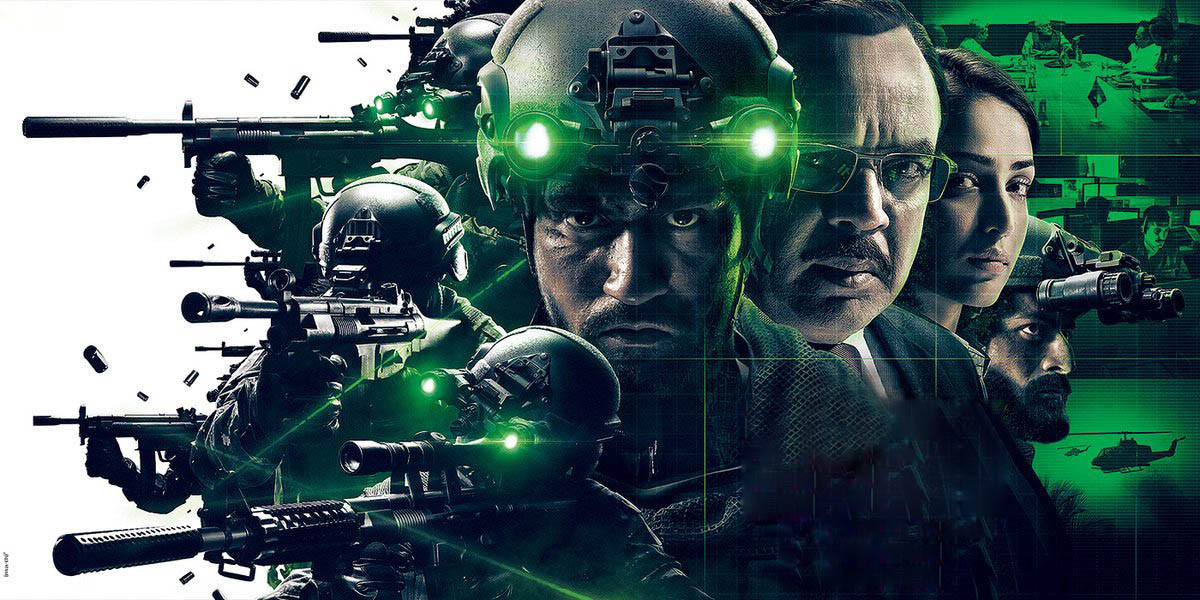
The film recreates a picture of the planning and execution of Surgical Strike. It included everything like bird-shaped drones and night-vision goggles.
- Delhi Is The World’s Most Polluted Capital City For Three Years In A Row
- Indian Farmers Install High-Tech, Night-Vision CCTV Cameras To Protect Themselves
- Looking For The Best Electric Bike In India 2021? Take A Look At These
Earlier this year, the film Uri: The Surgical Strike – a Bollywood version of the Indian Army’s 2016 mission across LoC – was a big success in India. The film recreates a glorious picture of the planning and execution of Surgical Strike. The movie not only shows the soldiers' courage and valor, but it also indicates the incredible technology used in the military.
As regular residents, most of us may no nothing about what tech the Indian Para commandos used to conduct their mission, but the movie managed to describe things in an interesting way. It included everything like bird-shaped drones with incredible flights and night-vision goggles that are remarkably accurate and functional.
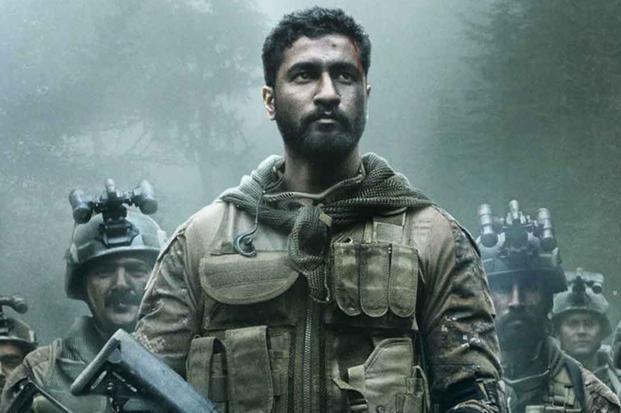
So now, let’s see in details what military techs that appears in the movie and their closest counterparts in real life.
1. Night vision goggles
This may be the most well-known thing in the first scene of the film, which the Commandos wore when they got ready to take on the Militants in the forest. Any gamer or movie fan would easily spot the green glow coming from the rear reticule.
While night vision goggles are not strange to most of us, the ones in the movie are impressive, capable of giving distance info as well as a clear image in the night. But what’s truly worth the attention here is the ENVG-B (Night Vision Goggle-Binocular), a system that US company Bae Systems developed. The capabilities of this system include showing day/night vision, thermal vision, and a new tech call Rapid Target Acquisition. This is a system which syncs the gun’s scope with the eyepiece, by which the soldier can see the image from the scope with no need to be in line of sight.
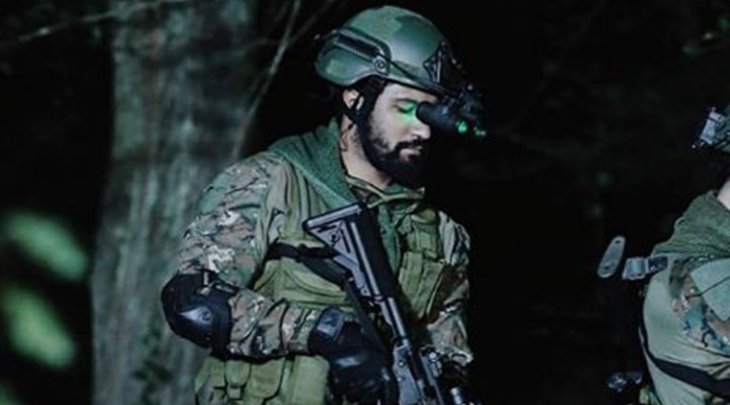
Interestingly, Bae Systems said that there is no lag in the night vision video from the eyepiece and the scope and they are displayed in real time, offering the greatest accuracy.
2. Satellite imaging
Indian Chief of Intelligence called the DRDO, ordering the space agency to task RISAT 1 and 2 over certain areas, which means the satellites swept across the Earth to the new position over the LoC and showed the images of terrorist camp.

Now, it’s worth noting that these two satellites are truly India’s. ISRO developed and operated the RISAT 1, which turned non-operational in 2017. The RISAT 2, on the other hand, features a synthetic aperture that enables the satellite to capture images through heavy clouds as well as other atmospheric disturbances. With this capability, the RISAT 2 is an ideal tool for spying, as per a rumor circulating in 2009 when it was launched. However, ISRO chief claimed that it was meant to only monitor the weather, not spy.
3. The “Garud” drone
In the movie, the Garud drone played an important role in making the surgical strike happen. While the movie was creative about picturing the drone’s capabilities, there are really bird-like spy drones. In 2016, a drone looking exactly like a bird crashed in Somalia, leading local newspapers to NISA, the country’s intelligence agency. The one difference between the drone in the movie and that found in Somalia we could see is that the Somalian drone’s wings had propellers that helped it fly.
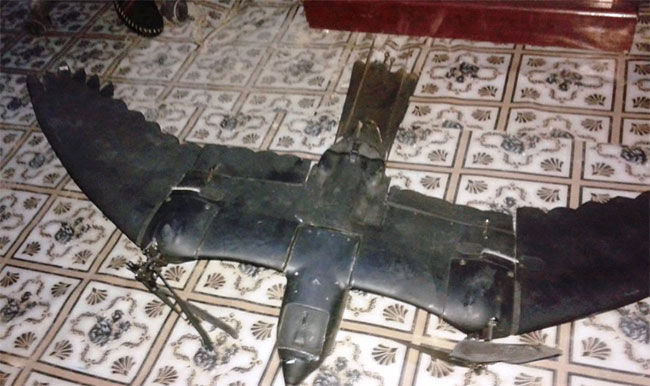
4. Lightweight attack chopper
Now, this is a really interesting aspect of the movie. Accordingly, four lightweight choppers were used by the para-commandos to fly past the LoC. The chopper in real life was a multi-purpose helicopter called HAL Dhruv. The Indian Army specifically required this chopper to be developed with a flight altitude of 6,500 meters, with a payload. The army wanted to deploy this chopper in the Siachen area.
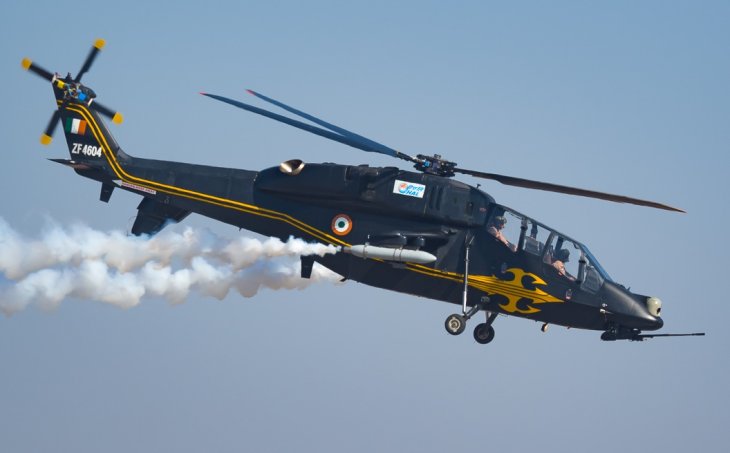
Then, the Indian Air Force and the Indian Army used the HAL Druv as a reference to build another multi-purpose helicopter dubbed HAL Light Combat Helicopter. In mid-2016, this helicopter was cleared for service, and in August 2017, it went into full production.
5. The radar that played spoilsport
At the very last minute of the movie, one chopper has to turn around since Pakistan has deployed the AEWAC radar. In real life, AEWAC, short for Airborne Early Warning and Control System, is a military aircraft. It can fly as high as 9,000 meters and monitor 312,000 square kilometers of air space, telling between friendly and non-friendly aircraft.

AEWAC is also able to act as a command center to direct air-borne as well as ground troops in the battlefield. In the sky, it serves as a big, accurate eye, with the capability of transferring targeting info to the surface-to-air missiles in real time for targeting. The DRDO developed this system for India, with components coming from various contractors in the country.
Featured Stories

Features - Jul 01, 2025
What Are The Fastest Passenger Vehicles Ever Created?

Features - Jun 25, 2025
Japan Hydrogen Breakthrough: Scientists Crack the Clean Energy Code with...

ICT News - Jun 25, 2025
AI Intimidation Tactics: CEOs Turn Flawed Technology Into Employee Fear Machine

Review - Jun 25, 2025
Windows 11 Problems: Is Microsoft's "Best" OS Actually Getting Worse?

Features - Jun 22, 2025
Telegram Founder Pavel Durov Plans to Split $14 Billion Fortune Among 106 Children

ICT News - Jun 22, 2025
Neuralink Telepathy Chip Enables Quadriplegic Rob Greiner to Control Games with...

Features - Jun 21, 2025
This Over $100 Bottle Has Nothing But Fresh Air Inside

Features - Jun 18, 2025
Best Mobile VPN Apps for Gaming 2025: Complete Guide

Features - Jun 18, 2025
A Math Formula Tells Us How Long Everything Will Live

Features - Jun 16, 2025
Comments
Sort by Newest | Popular